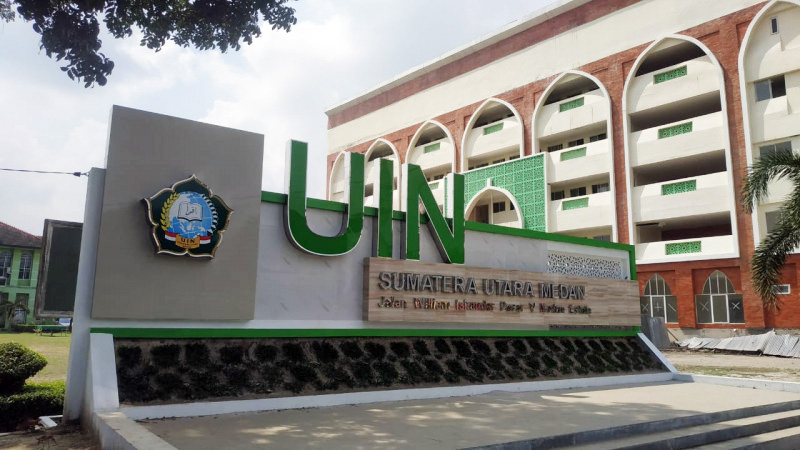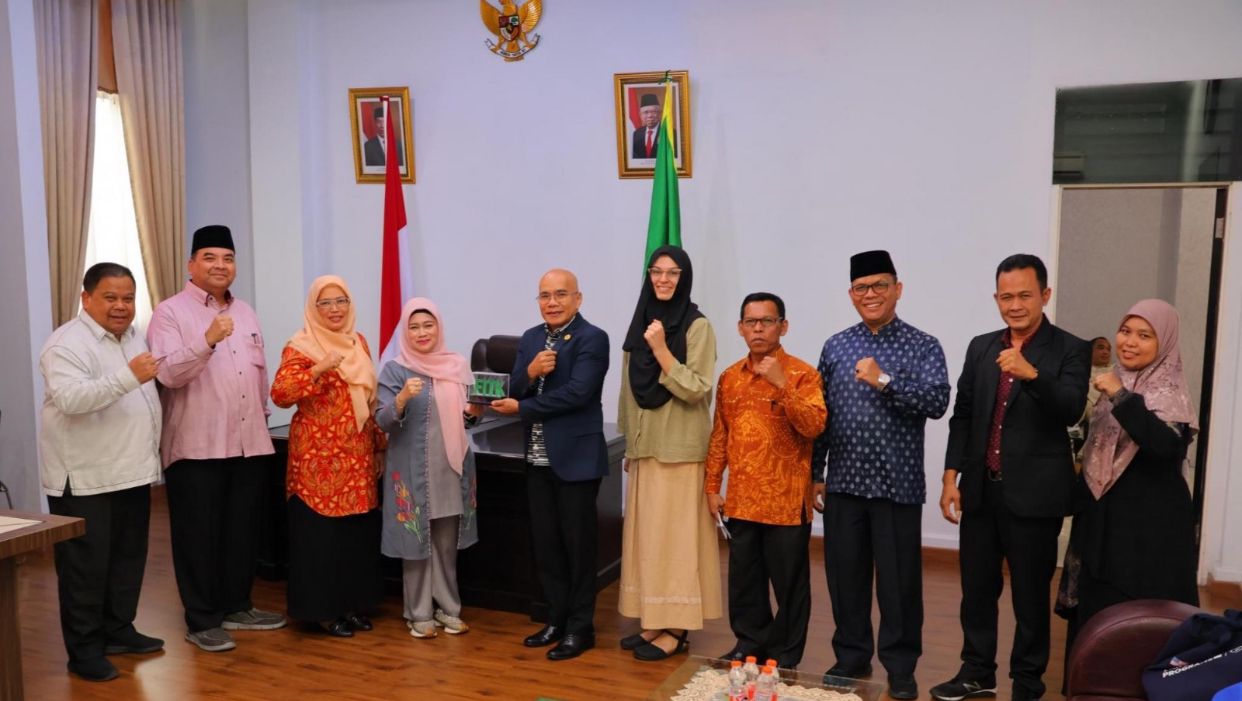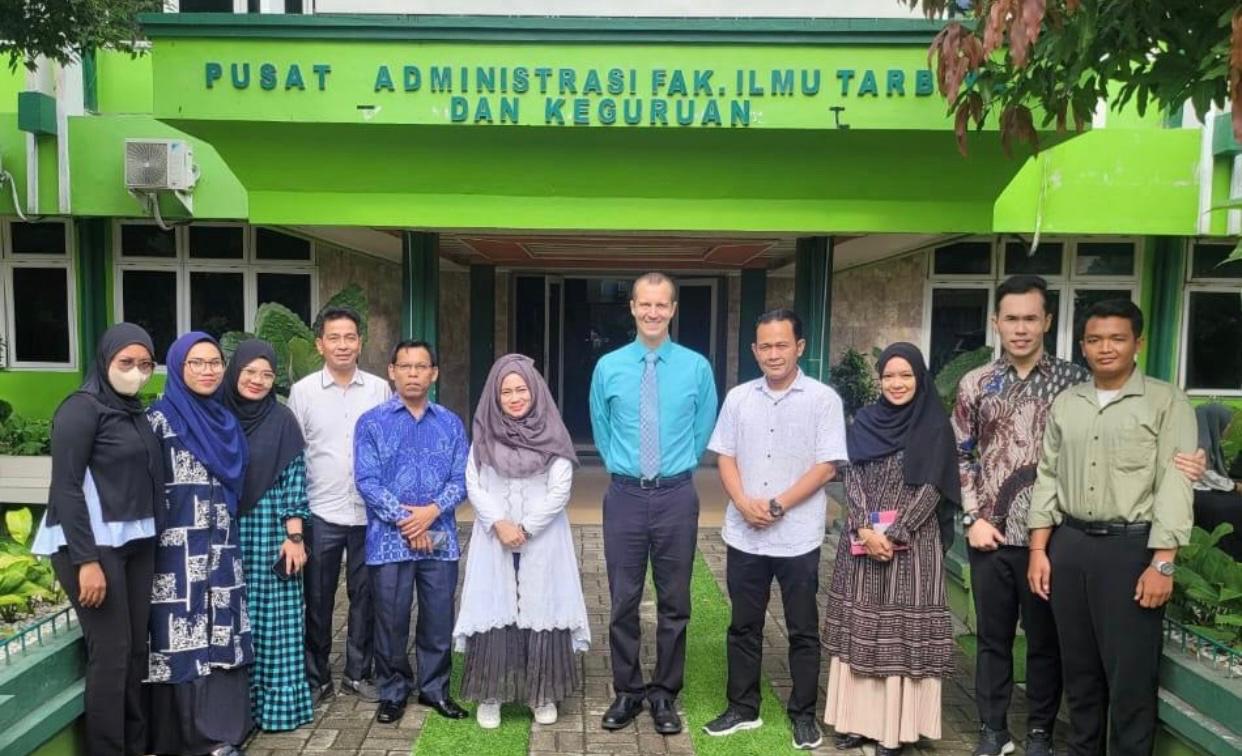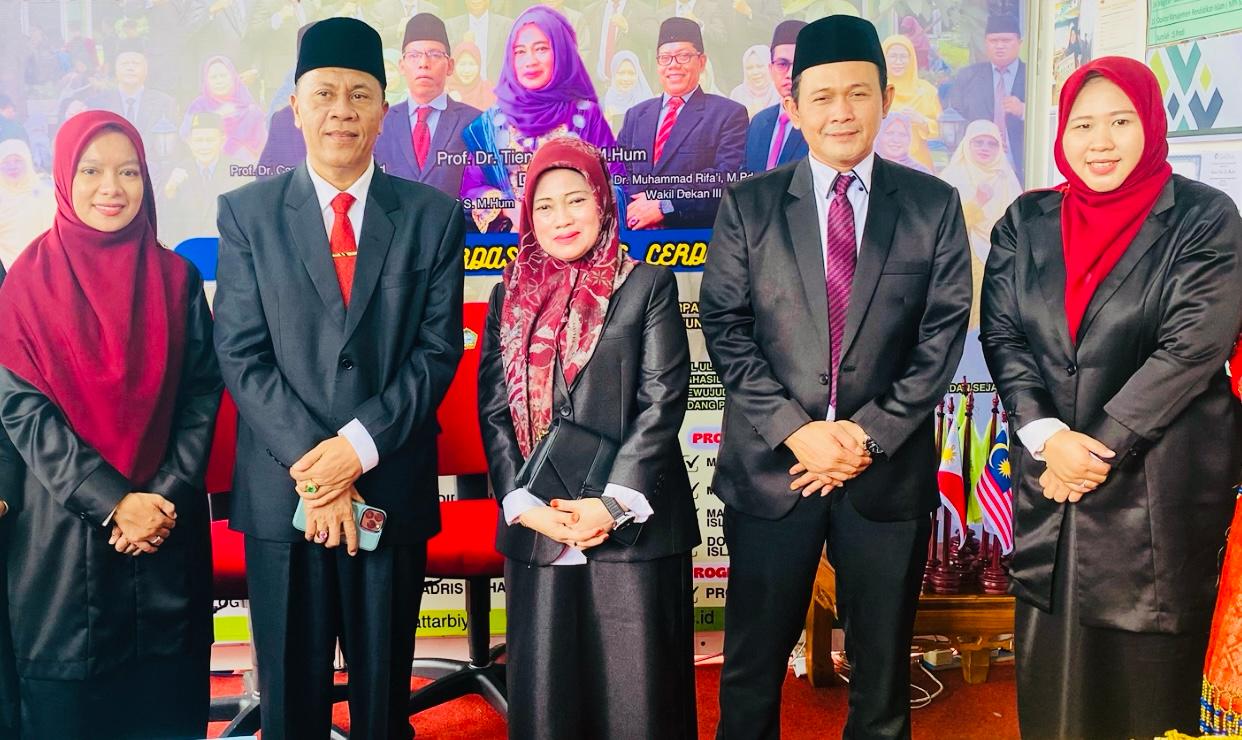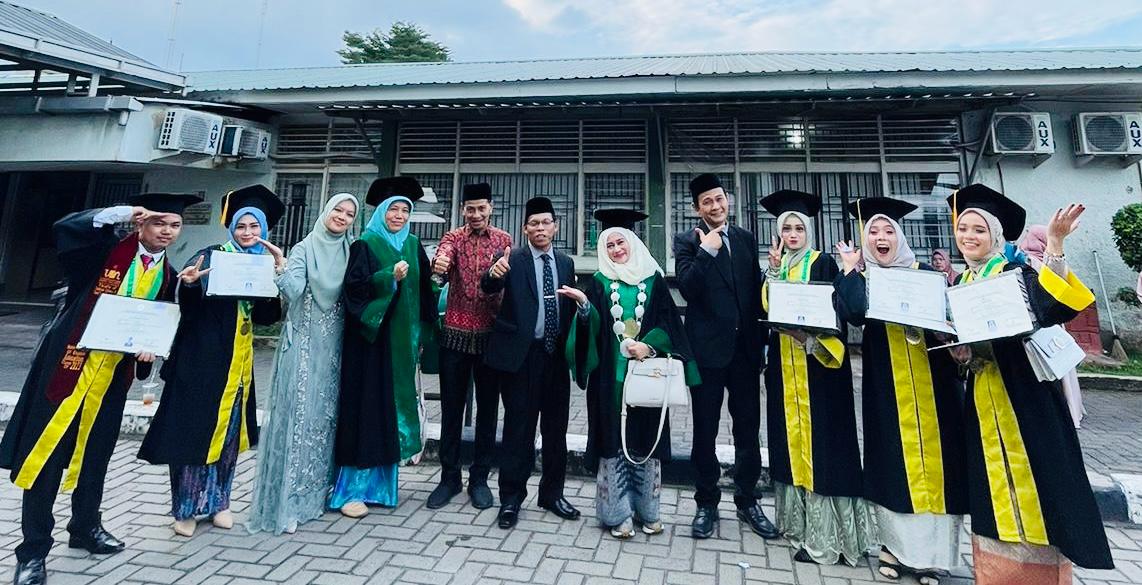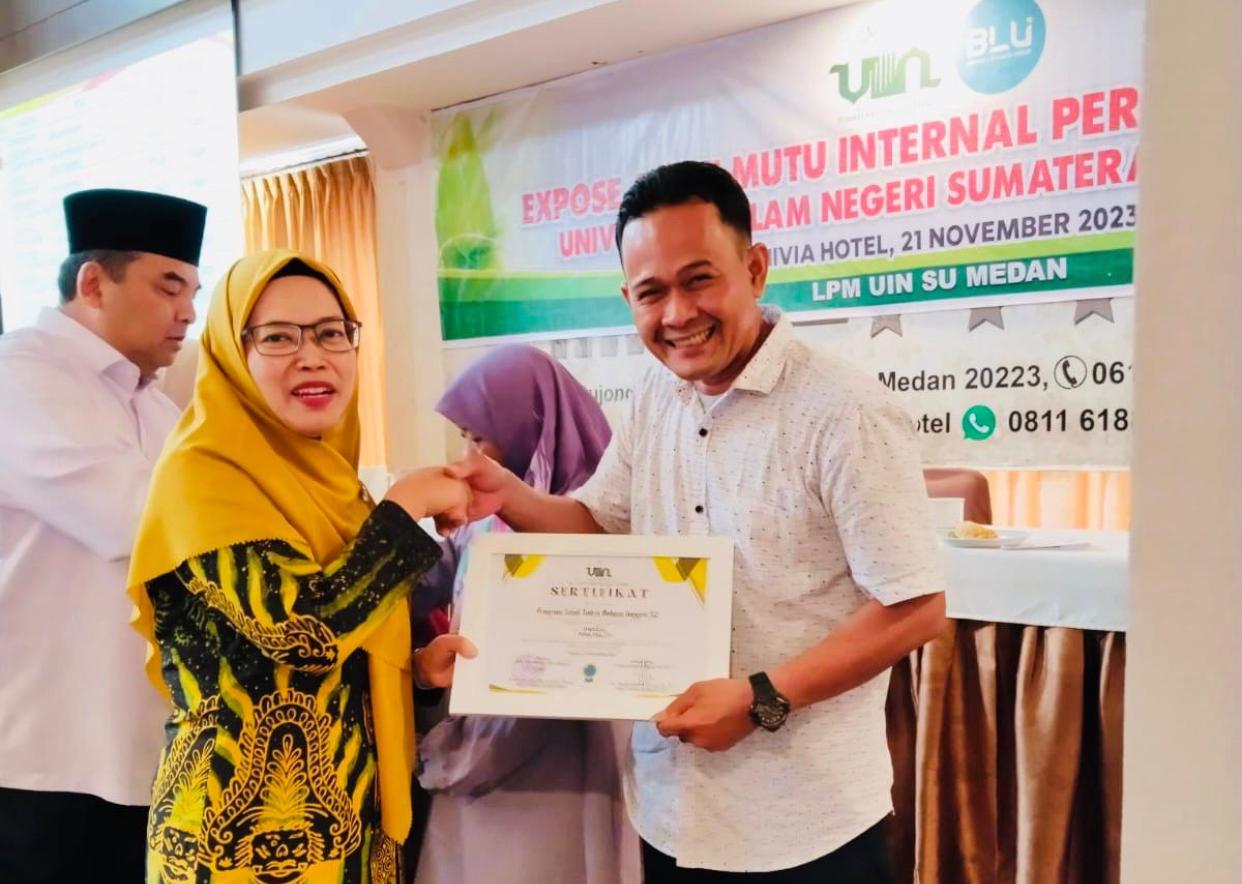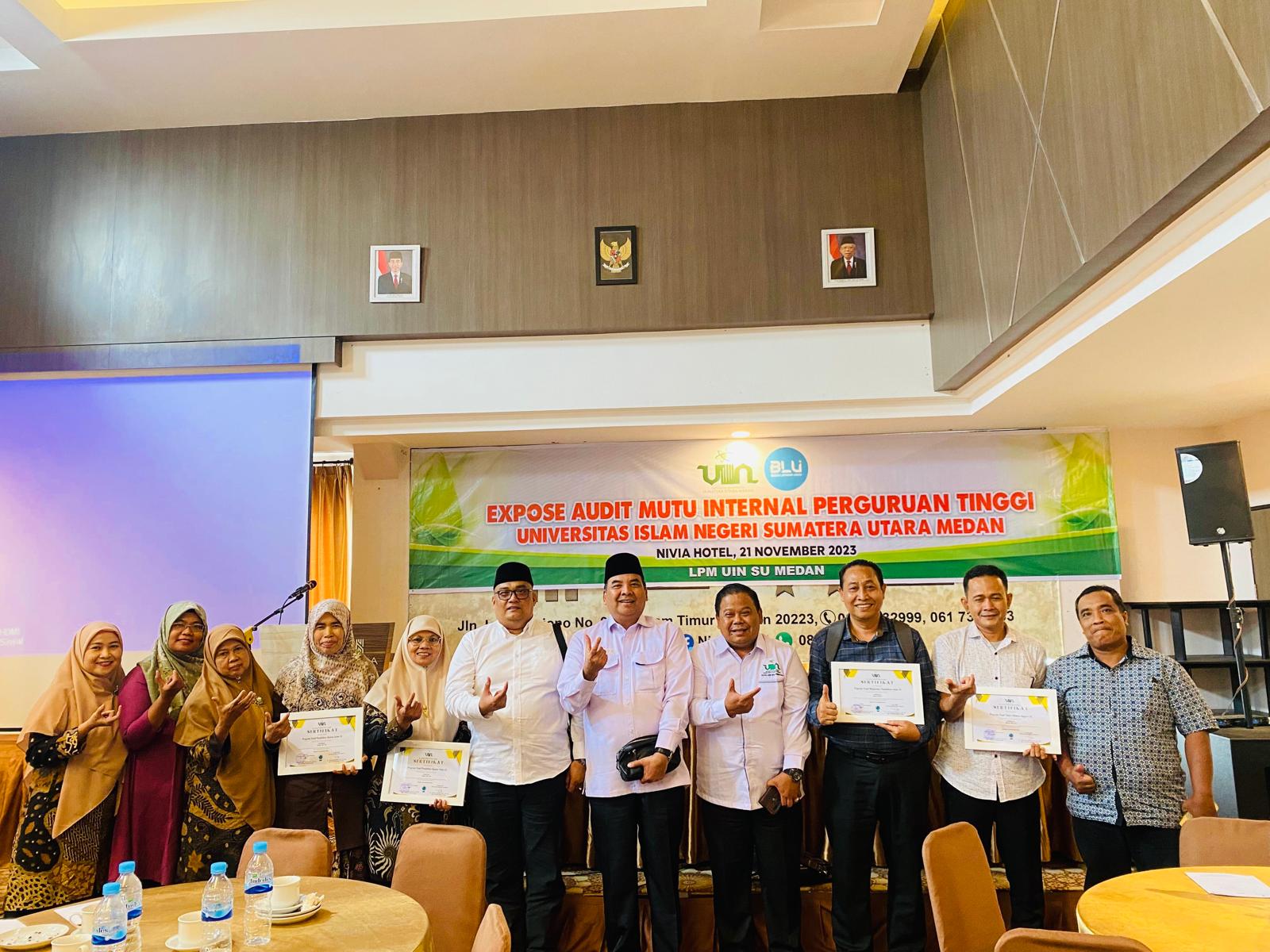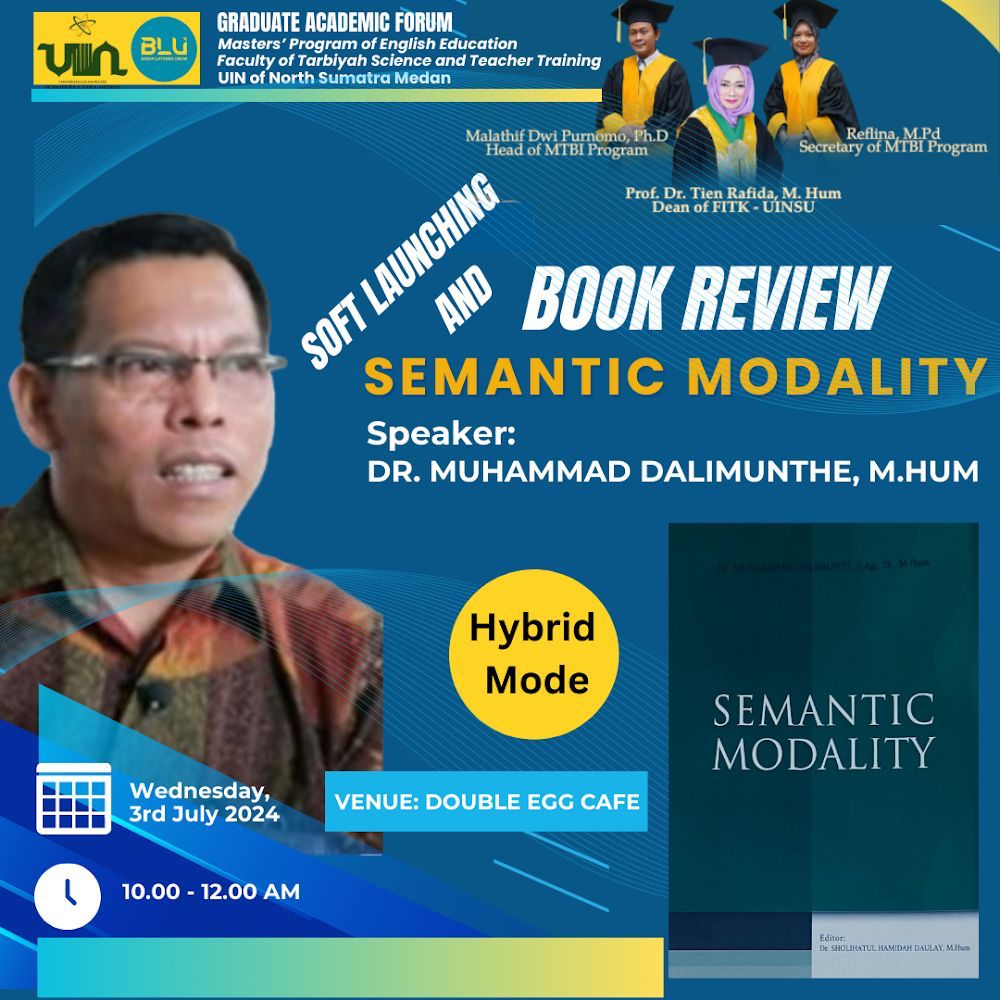
Title: Semantic Modality
Author: Dr. Muhammad Dalimunthe, M.Hum
The book review “Semantic Modality” by Dr. Muhammad Dalimunthe, M.Hum was held offline and online on [date]. This activity was attended by various groups, starting from lecturers, especially lecturers and students of the S-2 TBI study program. This activity was opened by Mr Maslathif Dwi Purnomo, Ph.D as the Head of Masters’ Program of English Education. He revealed that this activity is part of routine academic activities in the study program. And Mr. Maslathif reminded all students to always attend this activity every week, because there will be different themes that will be carried out.
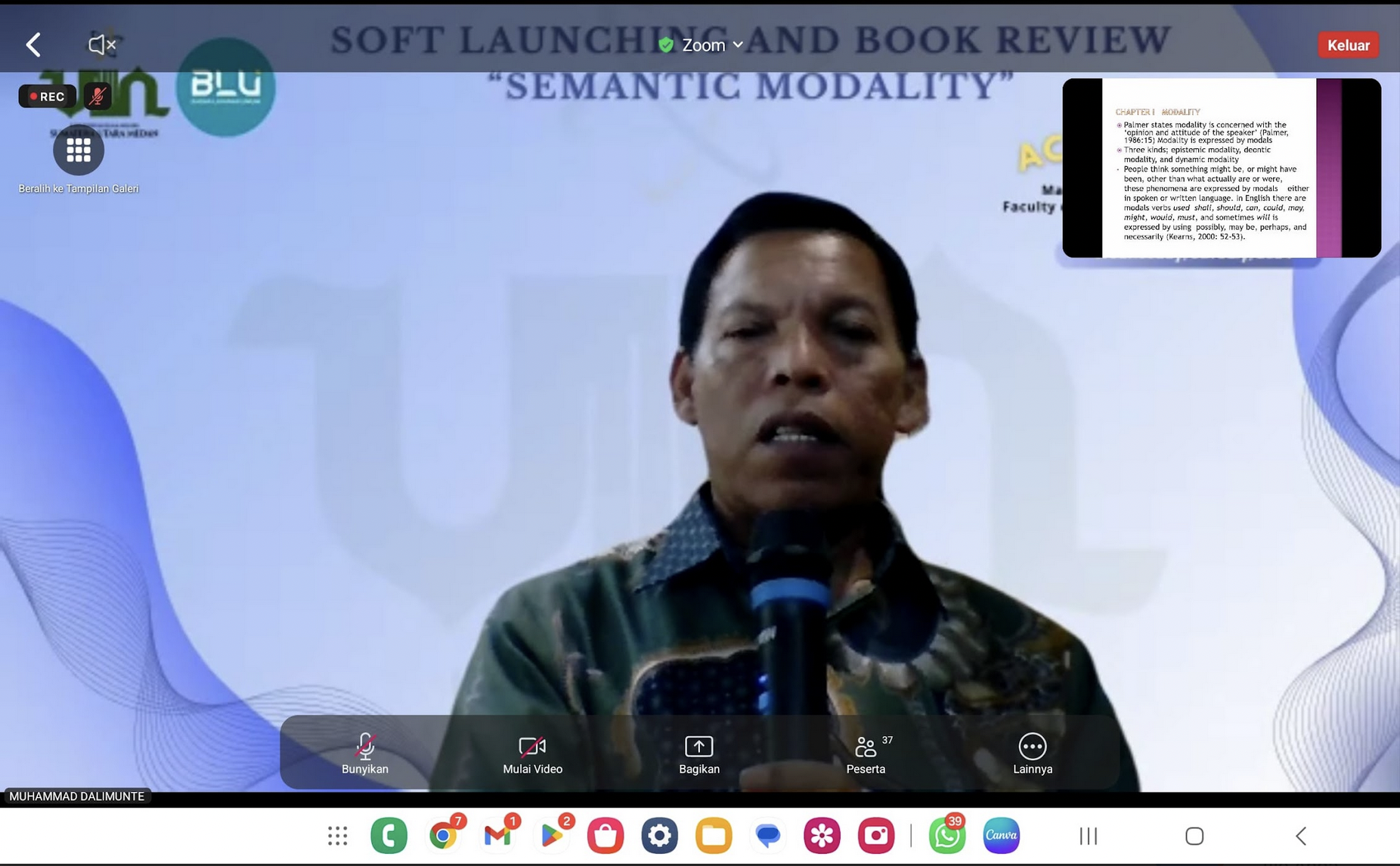
“Semantic Modality” is a scholarly work that delves into the intricate nature of modality within the realm of semantics. The book provides a comprehensive exploration of how modality, which deals with necessity, possibility, and other related concepts, operates within language. Key themes include the categorization of different types of modality (such as epistemic, deontic, and dynamic), the interaction between modality and other linguistic elements, and the theoretical frameworks used to analyze modal expressions.
The book is particularly notable for its thorough analysis and clear presentation of complex ideas, making it a valuable resource for linguists, philosophers, and advanced students interested in the semantics of modality. The authors employ a variety of examples and case studies to illustrate key points, ensuring that readers can grasp the practical implications of theoretical concepts.The book review ended with a question and answer session and suggestions given by Prof. Rahmah Fitriani, Ph.D and the editor Dr. Sholohatul Hamidah Daulay, M.Hum. The suggestions given were very good and constructive for Mr Dalimunthe’s book in the future. The book review event succeeded in providing a deeper understanding of ‘Semantic Modality’ and its relevance in linguistic studies and philosophy of language. The participants appreciated the author’s efforts in bridging various disciplines to provide a comprehensive view of semantic modality and enrich knowledge, but also open up space for further collaboration and research in this area.

